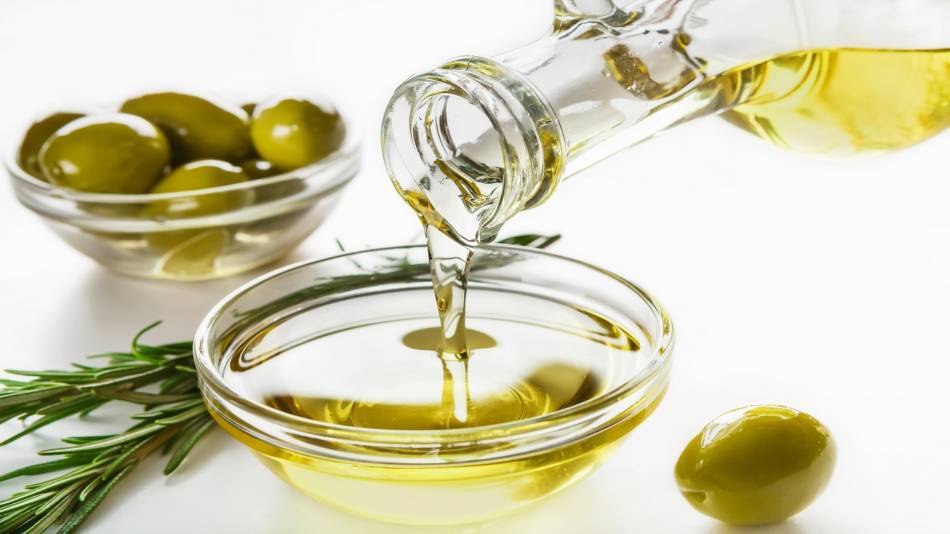
Answer:
Olive oil is high in monounsaturated "healthy" fats and, depending on the oil, may be rich in antioxidant polyphenols. Olive oil can help lower cholesterol and control insulin levels in the body and may reduce the risk of certain types of cancer. For details, including amounts of oil used, see the full answer >>
For even more information, as well as CL's Top Picks, see the full Extra Virgin Olive Oils Review>>
Join today to unlock all member benefits including full access to all CL Answers and over 1,400 reviews.
Join NowAlready a member? Sign In Here.
Join now at www.consumerlab.com/join/
Loading Comments…






Submit your comment
This feature is restricted to active members.
Join now to add comments and get all member benefits, including over 1,400 reviews.
Join NowAlready a member? Sign in here.